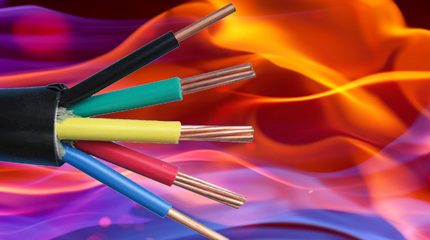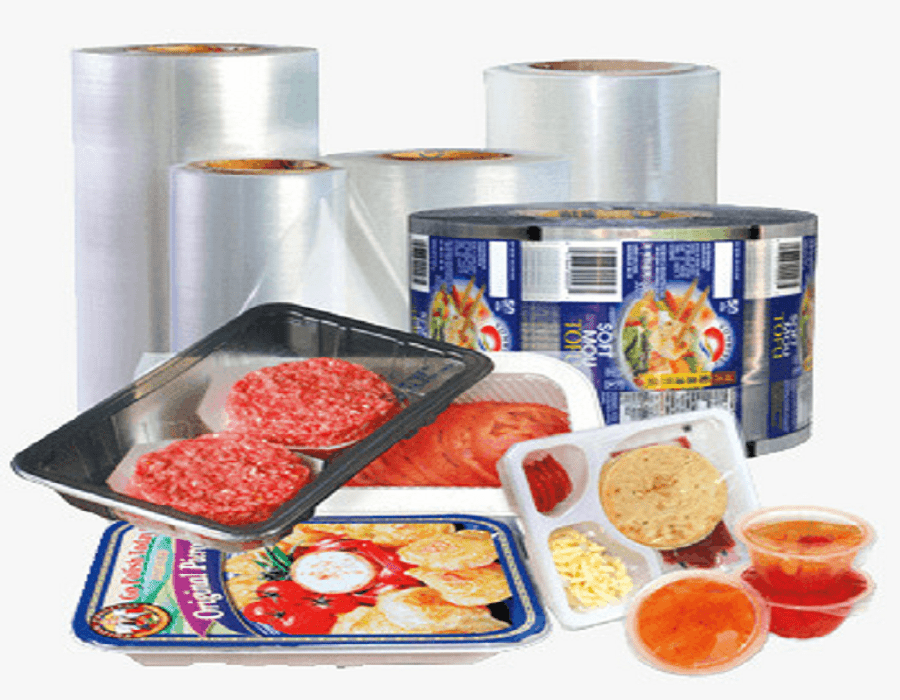An Analysis on The Effect Of LLDPE-G-MA as a Compatibilizer In Halogen-Free Flame Retardants (HFFR) Compounds

An Analysis on The Effect Of LLDPE-G-MA as a Compatibilizer In Halogen-Free Flame Retardants (HFFR) Compounds
One of the most important features of high-consumption polymers such as polyethylene (PE) and polypropylene (PP) is their ability to adjust different properties with different additives in the formulation. So, most of the properties of polymers can be changed by adding different fillers. In general, fillers increase stiffness, abrasion resistance, and decrease the shrinkage parameter of manufactured parts with the injection process. Despite the benefits achieved by various additives, some of their disadvantages such as changes in the degree of toughness or problems in the processability. can be also mentioned. In particular, polyolefins such as PE and PP as the most widely used polymers are non-polar in nature and also they are incompatible with most fillers, which are often hydrophilic materials. For this reason, the proper connection between the interface of the fillers and the polymer matrix is weak. However, achieving properties such as the ones in color polymers, conductivity in the polymer material, or flame retardancy ,usually requires the use of suitable fillers in large quantities [1]. For example, to achieve the desired flame retardant properties in polymers, it is necessary to add about 60% by weight of Halogen Free Flame Retardant Fillers (HFFR), including aluminum hydroxide (ATH) or magnesium hydroxide (Mg (OH)). The mechanism of modification of such fillers can be improved by using various methods such as coating the filler surface and thus increasing the adhesion at the interface between the filler and the polymer matrix. Common coatings that are often applied to the surface of fillers; Common coatings that are often applied to the surface of fillers; Contains hydroxyl groups such as stearic acid and other suitable organic substances[2].

Figure 1. Application of Filler Compounds in HFFR Products.
The advantages of using these solutions include improving the dispersion of the filler in the polymer matrix, which in turn improves the mechanical properties, increases the chain mobility, and also reduces the viscosity of the molten polymer during the polymer blending process. Hydrophobic polyolefins usually are non-polar but they will be hydrophilic by applying copolymerization processes or reactive extrusions [3]. In the presence of compatibilizer, a stable bond is made between the filler and the polymer matrix. Small molecules, such as stearic acid, are too small to have entangled with polymer chains. But they are quite able to reduce the interfacial stress at the interface between the polymer and the filler. However, these materials cannot be very effective as a coupling agent/compatibilizer in all polymer blends [4]. It should be noted that various polymer coupling agent/compatibilizer have been used in scientific papers and industrial applications contating polypropylene functionalized with acrylic acid (PP-g-MA), functionalized Polyethylene with maleic anhydride (PE-g-MA), functionalized polypropylene with maleic anhydride (PP-g-MA) and also the ethylene-propylene rubber grafted maleic anhydride (EPR-g-MAH).

Figure 2 – Polymer Coating With Flame Retardant Properties In The Outer Layer Of Power Cables.

Figure 3. The Mechanism of Compatibilizer In A Polymer Matrix.

Figure (4) – Some Properties of Polymer Flame Retardant Compounds (HFFR).
This paper investigates the effect of polyethylene functionalized by maleic anhydride (PE-g-MA) as a compatibilizer in the PE/HFFR Filler blend to improve the mechanical properties of these blend by increasing the amount of connection between the filler and the polymer matrix.

Figure 5 – Diagram of Changes in The Elastic Modulus and Tensile Modulus Of PE/ HFFR Filler in The Presence Of PE-G-MA as A Compatibilizer At A Rate Of 10% By Weight [5].
As shown in Figure (5), the presence of the flame retardant filler, FR Filler, increases the elastic modulus (Young’s modulus) and decreases the tensile strength of the compound. Obviously, these changes are due to the presence of a polar filler increases the stiffness of the polymer compound and consequently, the amount of its elastic modulus increases significantly. It is also observed that the use of a suitable compatibilizer in the PE/Mg (OH) polymer blend has significantly increased the amount of elastic modulus and at the same time the tensile modulus has been relatively increased. The reason for the significant improvement in the mechanical properties of the desired mixtures is due to the creation of interfacial interaction (at the interfacial boundary) of the two phases in the mixture, namely HFFR Filler particles in the PE polymer matrix. The presence of the coupling agent in this mixture, in addition to helping the homogeneous and uniform distribution of filler particles during the extrusion process, also prevents the agglomeration of the particles after the compounding process.

Figure 6 – Diagram Of Elongation At Break And Impact Resistance Of Blend Compatibilized With PE-G-MA And Non- Compatibilized Compound [6].
As shown in Figure (6), the use of PE-g-MA as a coupling agent increases the amount of elongation at break and also significantly increases the impact strength. The reason for improving the mechanical properties, as described earlier, is due to the improved dispersion of magnesium hydroxide particles as a flame retardant additive in the polymer matrix (which in this case is the blend of polyethylene).
Aria Polymer Pishgam Company has presented its coupling agent product based on functionalized linear low density polyethylene (LLDPE-g-MA), especially for use in HFFR compounds. For more information about this product and other related products, please contact the business unit of Aria Polymer Company.
Author: Ali Moshkriz




